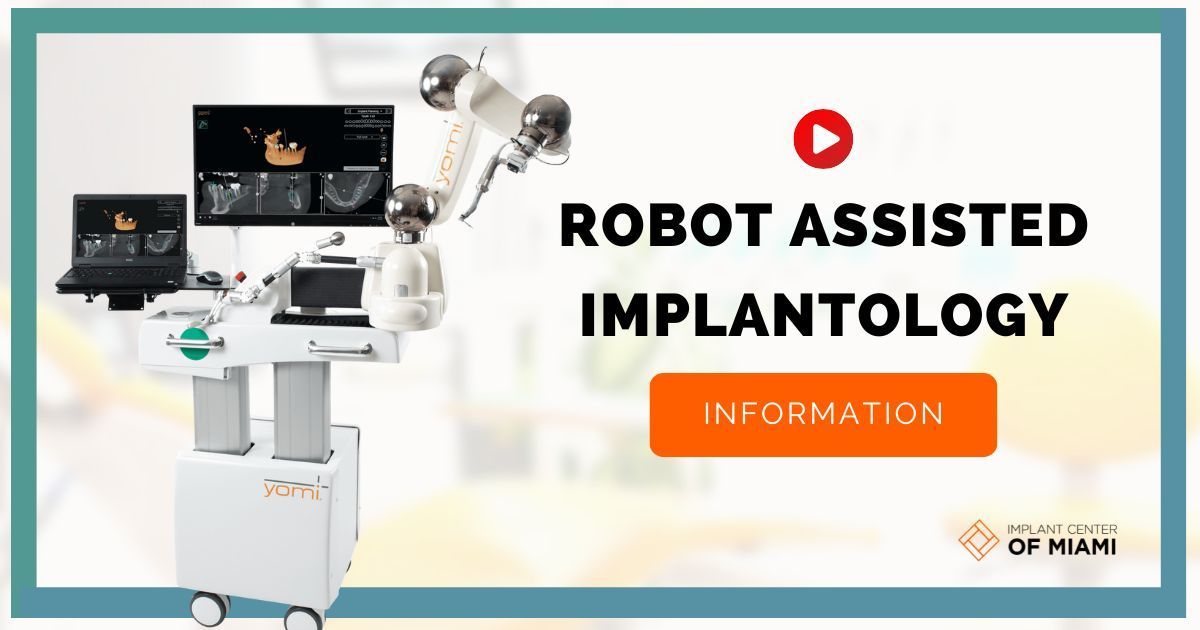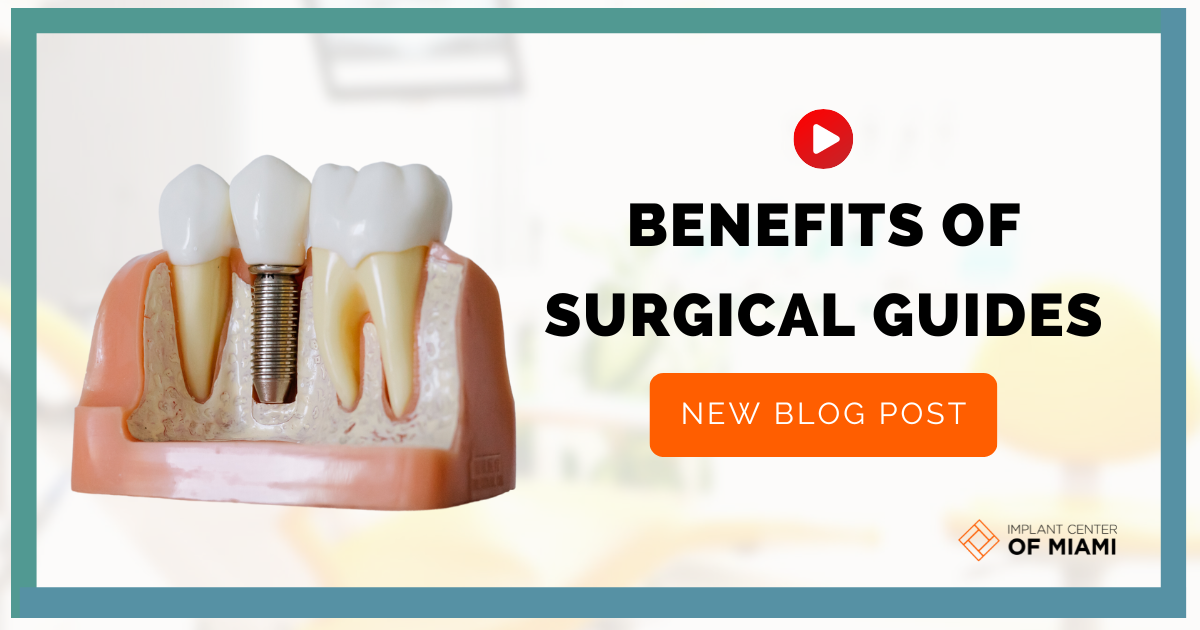Comprehensive Guide to Exploring Different Types of Dental Implant Surgical Guides
Surgical guides for dental implants play an integral role in the precision and success of implant procedures. There are several types of these guides suited for varied demands and conditions, providing an increased level of accuracy for the surgeons. Broadly, surgical guides can be segmented into three key types: pilot guides, partial-guided guides, and fully-guided guides. Each type boasts unique features and benefits, thus ensuring an optimal fit for different scenarios and objectives, enhancing the overall efficacy of the dental implant process. Additionally, these guides allow surgeons to plan the surgery digitally and execute it efficiently, reducing risks and improving patient outcomes.
Request an Appointment
An Introduction to Surgical Guides for Dental Implants.
Surgical guides for dental implants provide a precise roadmap for dentists during surgery, ensuring accurate placement of implants. They play a pivotal role in transplant success by mitigating risks, reducing surgical time, and enhancing patient comfort.
The Importance of Surgical Guides in Dental Implants
Surgical guides in dental implants play a pivotal role in enhancing precision. They offer a detailed blueprint for implant positioning, ensuring the correct anatomical space, angle, and depth are achieved. This leads to improved surgical outcomes, patient comfort, and satisfaction.
How Do Surgical Guides Improve the Accuracy of Dental Implants?
Surgical guides in dental implants enhance accuracy significantly. They provide dentists a precise roadmap for implant placement, minimizing potential errors. These guides, using 3D imaging technology, ensure the implant aligns perfectly with the patients' mouth ensuring optimal results.
Comparative Study: Different Types of Surgical Guides for Dental Implants.
A comparative study on different types of surgical guides for dental implants helps dentists decide the most suitable method for each patient. Techniques like freehand surgery, static guided surgery, and dynamic navigation offer varying control, precision, and outcomes.
Freehand Placement Vs. Guided Surgery in Dental Implants.
Freehand placement and guided surgery are two methods used in dental implants. Freehand placement, the traditional technique, utilizes the dentist's experience and judgement. It's flexible but riskier for complex cases. On the other hand, guided surgery uses advanced imaging and digital planning for more precision, reducing risks.
In-depth Analysis: Stereolithographic Surgical Guides.
Stereolithographic surgical guides are innovative, 3D-printed tools that enhance precision in surgical procedures. They are customized based on patient data to provide optimal results, streamline surgery, and cut recovery time. Their accuracy makes them indispensable in modern medical procedures.
Digging Deeper: Vacuum-Formed Surgical Guides.
Vacuum-Formed Surgical Guides are pivotal in precise surgical procedures. They are tailor-made dental appliances created through advanced 3D imaging and vacuum forming tech. These guides enhance surgical accuracy, minimizing potential surgical risks and improving patient comfort.
Comprehensive Review: Full-Guided Kits for Dental Implants.
Full-guided kits for dental implants offer a comprehensive review of the necessary tools and steps for dental implant procedures. They include surgical guides, drills, and placement tools, ensuring precision and ease. These kits aid dental professionals in reducing error and achieving satisfactory results, thus optimizing dental implant practices.
Spotlight on: Partial-Guided Kits for Dental Implants.
Partial-Guided Kits for Dental Implants offer a simplified process by aiding in precise implant positioning in the dental surgery. They minimize risks and boost success rates, reducing recovery time. These kits balance flexibility and guidance, making them an asset for dental professionals.
The Role of Bone-Supported Guides in Precise Implant Placement
Bone-supported guides are crucial in aiding accurate dental implant placement. They facilitate precise surgical drillings and reduce risk of errors, tailoring procedures to patients' unique anatomical structures. The guide ensures implants are placed correctly, enhancing procedure outcomes and patient satisfaction.
What is Mucosa-Supported Guided Surgery? And its Advantages.
Mucosa-Supported Guided Surgery is a dental procedure which involves the use of a surgical guide resting on the oral mucosa to accurately position implants. Its advantages include superior precision & less invasiveness, reducing risks and improving both post-operative comfort and the efficiency of implant placement.
Tooth-Supported Guides: A Preferred choice for Planned Spacing and Parallelism
Tooth-Supported Guides are the favored choice for planned spacing and parallelism in dental procedures. These guides direct proper alignment and spacing, enabling precise tooth restorations. The use of tooth-supported guides ensures a more accurate and efficient procedure, minimizing potential errors and improving overall patient experience.
Understanding the Use of Software in Creating Surgical Guides.
Software plays a critical role in creating surgical guides, enhancing precision in procedures. It allows for pre-operative planning by generating a visual 3D model from patient scans. This aids in designing perfectly-fitted guides, reducing errors, and improving patient outcomes.
CAD/CAM Dental Surgical Guides — Making Dental Implantation Smoother.
CAD/CAM Dental Surgical Guides streamline implantation procedures for improved patient comfort. They guarantee precision placement, minimizing surgical incisions and recovery time. These advanced tools amplify accuracy in dental implant procedures, making dental health care effortless and efficient.
3-D Printed Dental Surgical Guides: The Future of Implantology.
3D-printed dental surgical guides revolutionize implantology by making dental procedures more precise and efficient. They are custom-made to fit patients perfectly, sparing them from long, painful surgeries. Their ability to accurately guide implants placement reduces risks and improves outcomes.
Case Studies: Successes with Computer-Assisted Navigation Systems.
Computer-assisted navigation systems have played a crucial role in numerous success stories. Their precision and efficiency allow for better planned routes, saving time and fuel. For industries like logistics and transportation, these top-notch systems have vastly improved operations, reducing errors and enhancing overall performance.
Risks and Challenges in Using Surgical Guides for Dental Implants
Surgical guides for dental implants ensure precise implant placement. However, they pose risks like inaccurate fitting, which may lead to implant failure. Other challenges include the complexities in designing and producing a precise guide. The financial costs are substantial, and incorrect usage may lead to further complications.
The Need for Training in the Use of Dental Implant Surgical Guides.
Dental implant surgical guides are indispensable tools in modern dentistry. They improve accuracy, patient safety, and post-procedure recovery. However, proper training in their utilization is crucial. Without full understanding and proficiency, their benefits may be underutilized or misused, presenting possible risks to patient health.
The Future of Surgical Guides in Dental Implantology
Surgical guides in dental implantology are poised for a significant transformation. Advanced technology like 3D printing and augmented reality are shaping their future. These advancements will increase precision, reduce operation times, and enhance patient comfort and recovery.
Conclusion: The Impact of Surgical Guides on the Success of Dental Implants.
Conclusion: Surgical guides significantly enhance the success of dental implants. They boost precision in implant placement, mitigating risks of complications. Increased accuracy also improves patient comfort and recovery time, ultimately elevating satisfaction levels.
Wrapping it All Up: A Recap on Surgical Guides and their Influence on Dental Implants Success
Surgical guides enhance the precision and safety of dental implant procedures, mapping the exact placement, angle, and depth of implant insertion. This technology improves surgical predictability and patient outcomes, contributing significantly to the success of dental implants.
Frequently Asked Questions
Dental Financing Options
Checking your options will not impact your credit score!
Apply Online in 30 Seconds
Fund Your Account
Start Your Treatment
Read Our Blog


Office Locations
Contact Us
For more information or to schedule an appointment, call us at 786-713-9290 or complete the form.
What Happens After I Send My Message?
Implant Center of Miami: Website Message
Locations Information
Our Services
Quick Links
Office Hours
- Mon - Fri
- -
- Sat - Sun
- Closed



